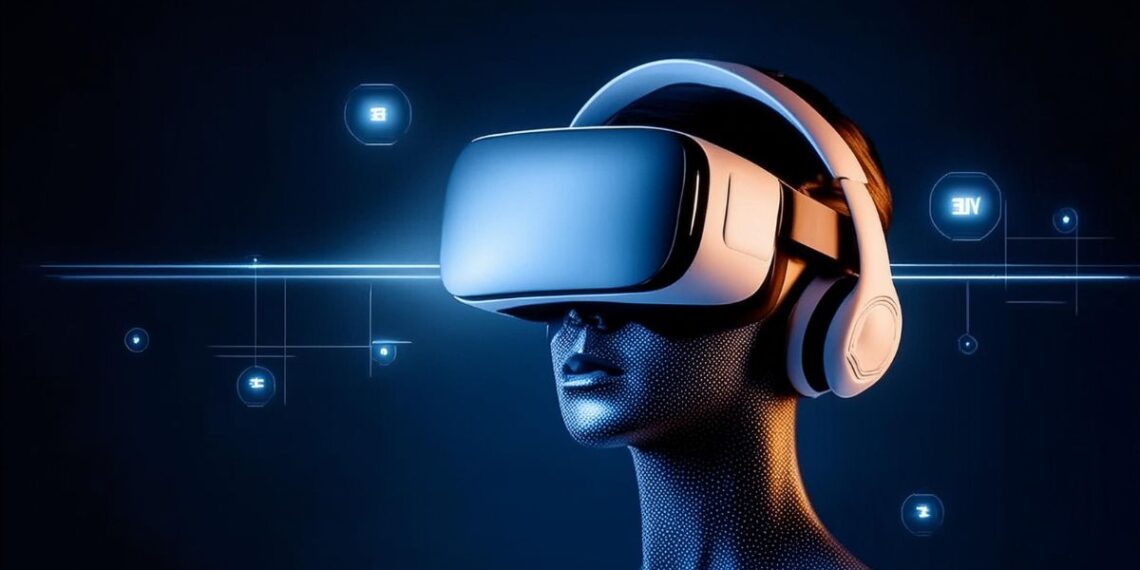1. Introduction: The Rise of the Metaverse
Imagine stepping into a virtual world where you can interact with friends, attend concerts, and play games all within a digital universe. This is the metaverse, a concept that has evolved from science fiction to a burgeoning reality. As technology advances, the metaverse is poised to revolutionize how we socialize and game, blending our physical and digital lives in unprecedented ways.
2. The Concept of the Metaverse
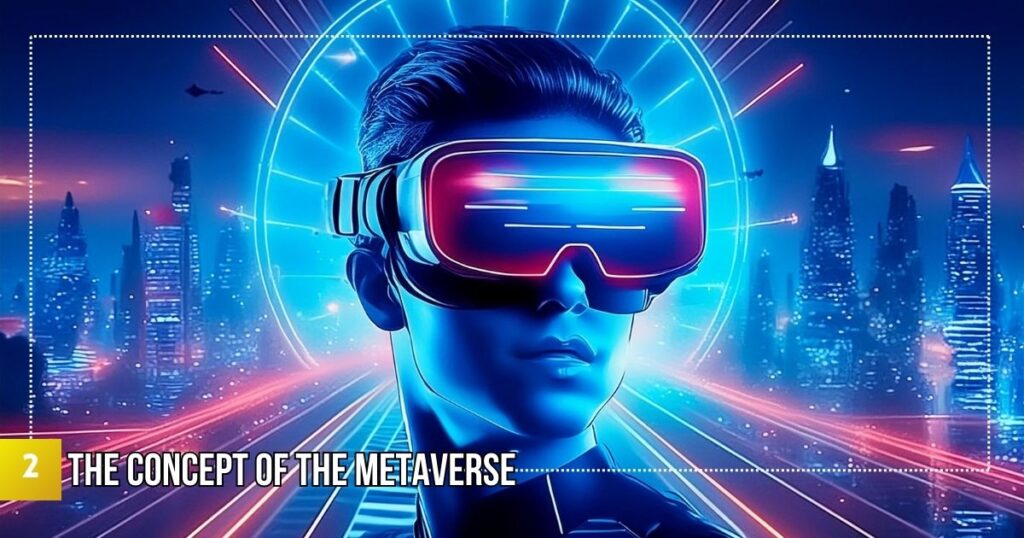
Historical Background and Evolution
The concept dates back to the early days of virtual worlds like “Habitat” in the 1980s, created by Lucasfilm Games (now known as LucasArts). “Habitat” was one of the first online virtual environments, where users could interact with each other in real-time through their avatars in a graphical, shared space. Although primitive by today’s standards, it laid the foundational principles of virtual worlds, emphasizing social interaction and user-generated content.
In the early 2000s, the online game “Second Life” by Linden Lab further advanced the idea. “Second Life” provided a more sophisticated and immersive virtual environment, where users could create, own, and trade virtual property, engage in complex social interactions, and even conduct business. It attracted a large user base and demonstrated the potential of virtual worlds to support rich, diverse experiences beyond traditional gaming.
Over the years, the vision of a fully immersive virtual environment has been propelled forward by significant advancements in computing power, internet speed, and graphics technology. High-speed internet has enabled seamless real-time interactions, while powerful GPUs have allowed for highly detailed and realistic virtual environments. Additionally, the development of virtual reality (VR) and augmented reality (AR) technologies has brought new dimensions to virtual worlds, enabling users to experience and interact with these environments in more immersive and intuitive ways.
Key Characteristics
Persistent, shared virtual spaces are at the heart of this concept. These environments are not limited to a single purpose but host a myriad of activities, from gaming and socializing to shopping and working. Persistence means that the virtual environment continues to exist and evolve even when individual users are not logged in, creating a dynamic and ever-changing world.
Real-time interaction is another cornerstone. Users can communicate, collaborate, and compete with each other in real-time, using digital avatars to represent themselves. These avatars are customizable, allowing users to express their identities and personalities within the virtual world.
Virtual economies are also a fundamental aspect. Users can buy, sell, and trade virtual goods and services, often using digital currencies. This economic activity can mirror real-world economies, with virtual real estate, digital art, and other assets holding significant value.
The seamless blending of the virtual and physical worlds is a defining characteristic. Through VR and AR technologies, users can experience a convergence of digital and physical realities, where virtual objects can interact with the physical environment and vice versa. This fusion opens up new possibilities for work, entertainment, education, and social interaction, creating a more interconnected and immersive digital experience.
3. Current Examples of the Metaverse
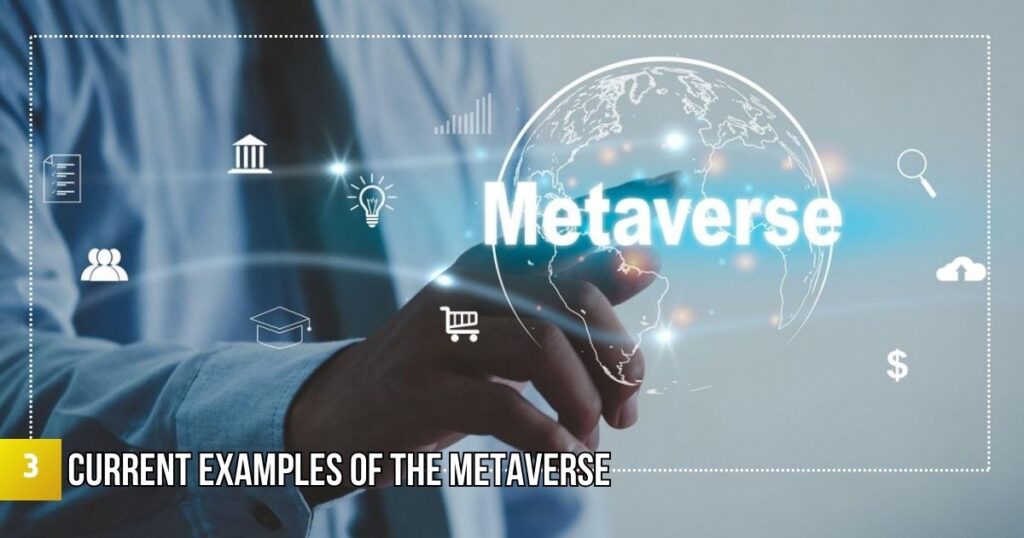
Existing Platforms and Games
Several platforms and games already embody the metaverse concept, offering immersive and interactive experiences. Notable examples include “Second Life,” which continues to thrive as a virtual social platform, and “Roblox,” which allows users to create and explore games within a vast virtual ecosystem.
Case Studies of Successful Implementations
- Fortnite: Known for its Battle Royale mode, Fortnite has expanded into a social hub hosting virtual concerts and events, such as Travis Scott’s “Astronomical” concert, which attracted millions of players.
- VRChat: This social VR platform enables users to create and share virtual worlds, fostering a vibrant community of creators and players.
Also check our take on Creating Virtual Reality Experiences: A Beginner’s Guide to VR Development
4. Social Interactions in the Metaverse
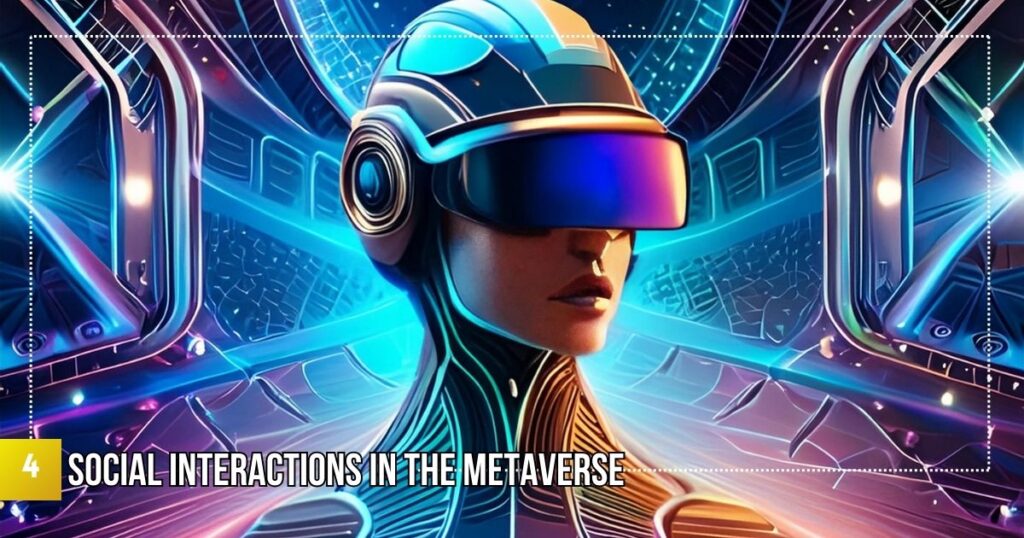
How the Metaverse Enhances Social Interactions
The metaverse enhances social interactions by providing immersive environments where users can connect more naturally and meaningfully. Virtual spaces allow for more expressive and engaging interactions through customizable avatars and real-time communication tools.
Virtual Communities and Relationships
In the metaverse, virtual communities flourish as people gather based on shared interests and activities. These digital relationships can complement real-world interactions, creating a hybrid social experience that extends beyond physical boundaries.
5. Gaming in the Metaverse
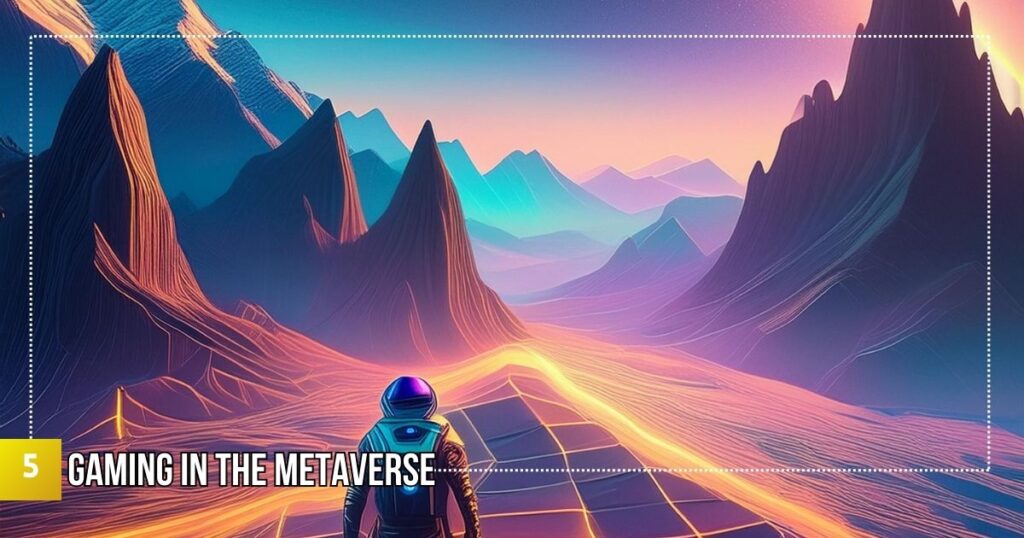
Integration of Gaming and the Metaverse
Gaming is at the forefront of the metaverse, offering players immersive experiences that transcend traditional gameplay. Games within the metaverse often feature interconnected worlds, persistent progress, and user-generated content.
Examples of Immersive Gaming Experiences
- Minecraft Earth: This AR game brings the block-building fun of Minecraft into the real world, allowing players to build and explore in their physical surroundings.
- Rec Room: A VR social platform that combines gaming, socializing, and user-generated content, enabling players to create and share their own games and experiences.
6. Technological Innovations Driving the Metaverse
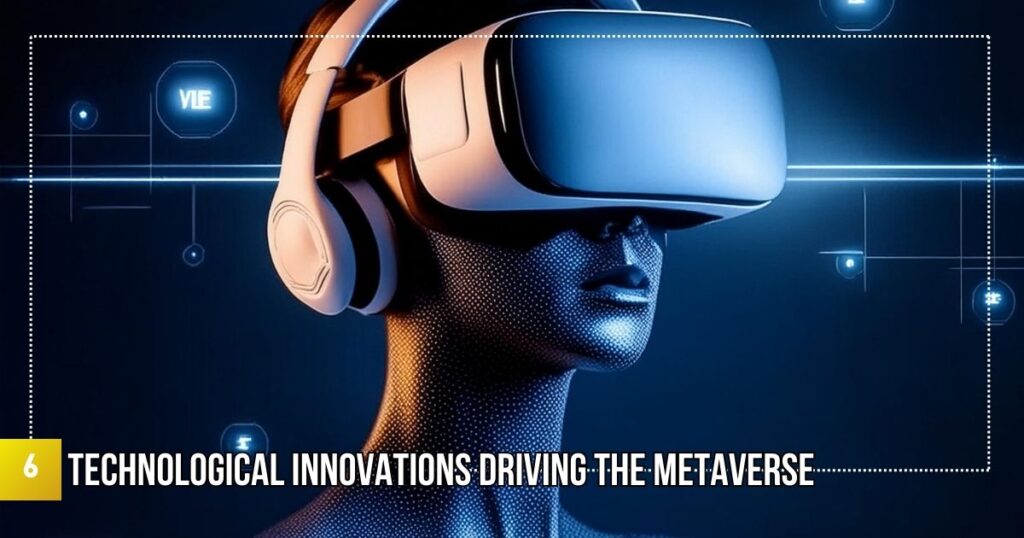
VR, AR, and Other Key Technologies
Virtual reality (VR) and augmented reality (AR) are pivotal technologies driving the metaverse. VR offers fully immersive experiences, while AR blends digital elements with the real world. Together, they create interactive environments that feel both tangible and expansive.
Role of Blockchain and NFTs
Blockchain technology and non-fungible tokens (NFTs) are crucial for the metaverse’s economy, enabling digital ownership and secure transactions. NFTs allow users to own unique digital assets, such as virtual real estate, items, and art, fostering a robust virtual economy.
7. Challenges and Ethical Considerations
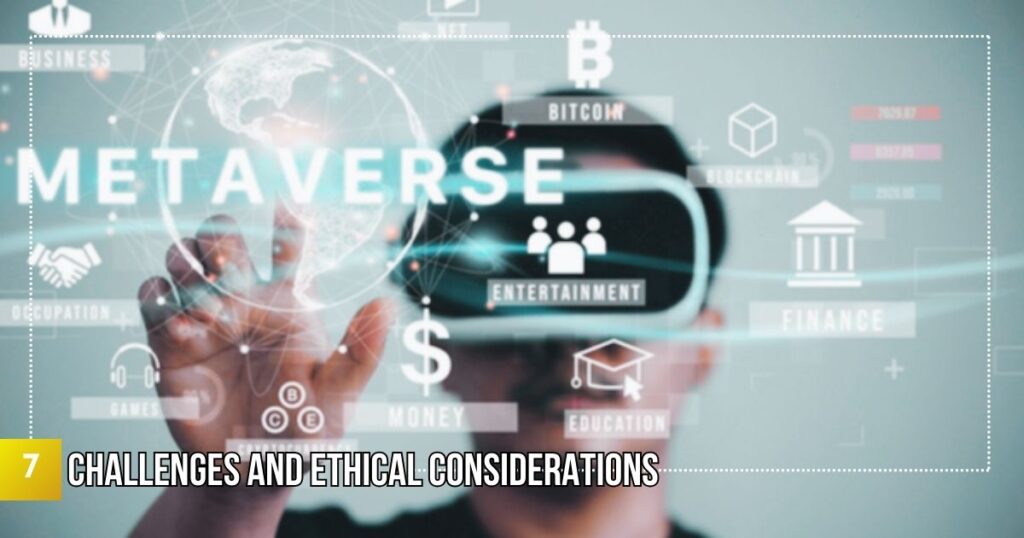
Privacy and Security Issues
As the metaverse grows, so do concerns about privacy and security. Protecting user data, preventing identity theft, and ensuring safe interactions are critical challenges that need addressing to build trust and security within these virtual spaces.
Ethical Concerns and Digital Well-being
Ethical issues such as digital addiction, virtual harassment, and the impact on mental health are significant considerations. Balancing immersive experiences with digital well-being is essential to creating a healthy metaverse environment.
8. The Future of the Metaverse
Predictions and Emerging Trends
The metaverse is expected to evolve with advancements in technology such as 5G, which will enhance connectivity and enable more seamless experiences. AI integration will create more responsive and intelligent virtual environments, while cross-platform experiences will allow for a more interconnected metaverse.
Impact on Society and the Gaming Industry
The metaverse has the potential to transform society by creating new forms of social interaction, entertainment, and commerce. It will also significantly impact the gaming industry by setting new standards for immersive and interactive experiences.
9. Conclusion: The Future of Interactive Storytelling
The metaverse represents the next frontier in digital interaction, merging social and gaming experiences into a seamless, immersive universe. As technology continues to advance, the transformative potential of the metaverse will unfold, offering new opportunities for connection, creativity, and engagement. Both developers and users are encouraged to embrace this exciting future.
10. List of Resources and Further Reading
Books
- The Metaverse: And How It Will Revolutionize Everything by Matthew Ball
- The Infinite Retina: Spatial Computing, Augmented Reality, and How a Collision of New Technologies Are Bringing About the Next Tech Revolution by Irena Cronin and Robert Scoble
Online Courses
Development Tools
These resources provide valuable insights and tools for exploring the metaverse and its potential impact on social and gaming interactions.


























